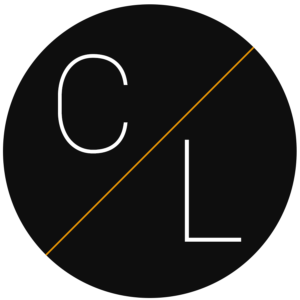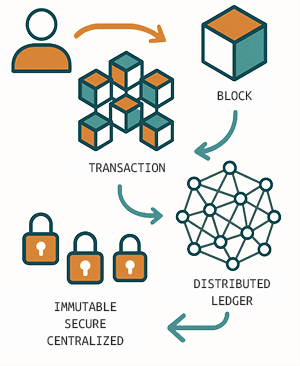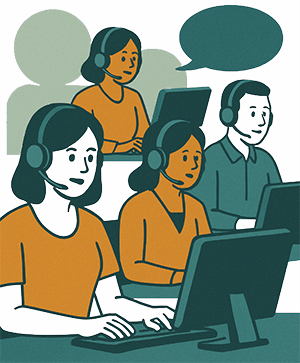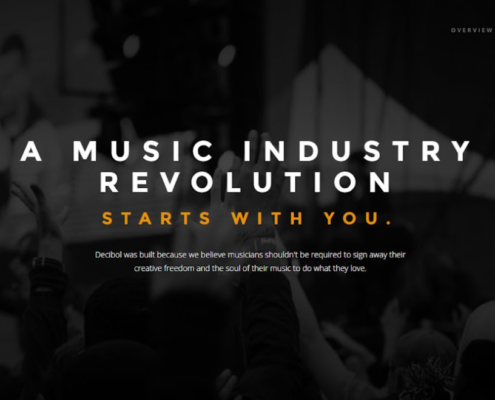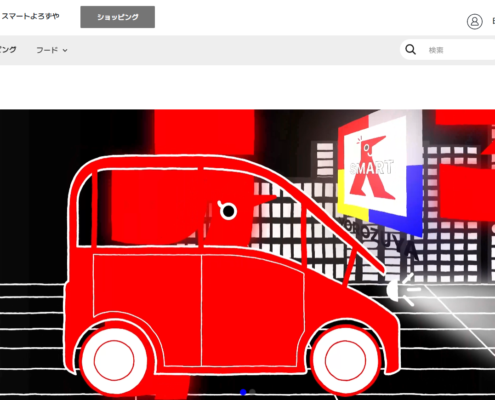Many early-stage founders fall into the same trap. They get excited about their product idea, list out every possible feature, and then hand that list to a development team and say, “Let’s build it.”
What happens next is usually frustration. Deadlines slip, the build loses focus, and after several months, the product still feels unfinished or unfocused. The reason is simple: a feature list is not a roadmap.
A roadmap should not just be a checklist of what you want to build. It should be a strategic tool that guides your team toward real outcomes.
Here’s how to build a product roadmap that actually moves the needle.
Start With the Outcome, Not the Features
Your product exists to solve a problem for someone. That is the point of everything you are building. Before deciding what to build, ask yourself:
- What are we trying to accomplish in the next three, six, and twelve months?
- What proof points do we need to collect to show that we are making progress?
- What user behavior will signal that we are on the right track?
For example, instead of saying, “We need a referral feature,” ask, “How can we get early users to bring in new users within their first two weeks?”
This helps you avoid building things that sound useful but do not move you closer to your goals.
Break the Roadmap Into Strategic Phases
It is tempting to build everything at once. But launching too many things at the same time usually causes confusion for both your team and your users. Instead, break your roadmap into focused phases.
Here is one simple framework:
Phase 1: Prove core value
This is your MVP. Focus on one core user journey. Prove that people will sign up, use the product, and return.
Phase 2: Improve usability and retention
Make the product easier to use. Add things that encourage users to return or spend more time inside the platform.
Phase 3: Scale and differentiate
Once the product is working and users are engaged, begin expanding features or targeting new segments.
Each phase should be clear; the goal is not just to build, but to learn, adapt, and grow.
Define Success Metrics for Each Phase
It is hard to improve what you do not measure. For each phase of your roadmap, define what success looks like. These do not need to be complex.
Examples:
- 100 signups in the first month
- 40 percent of users returning within one week
- 10 customer interviews completed
The goal is not just to hit numbers; it is to make sure that your roadmap is helping you get closer to product-market fit.
Stay Flexible, But Do Not Drift
A good roadmap is not a rigid contract. You will learn new things along the way, and you should be able to change direction when needed. But there is a difference between flexibility and drift.
Drift happens when you start adding features just because someone asked for them, or because a competitor has them, or because they seem exciting in the moment.
To avoid drift:
- Revisit your roadmap every few weeks
- Ask whether new ideas support your current phase and goals
- Say no to ideas that do not fit, even if they are good ideas
Communicate Your Roadmap Often
If you are working with a team, your roadmap is more than a tool—it is a shared source of truth. Everyone should understand what you are building, why it matters, and how it connects to business goals.
Keep it visible, update it regularly, and use it to guide conversations. This helps prevent misalignment and keeps everyone working toward the same outcome.
What’s This Means to You
A roadmap that moves the needle is not about building fast—it is about building smart. It helps your team focus, your users get value, and your company stay on track. Start with outcomes, plan in phases, define success, and check yourself along the way.
If you can do that, your roadmap will not just show what you are building; it will show where you are going.
